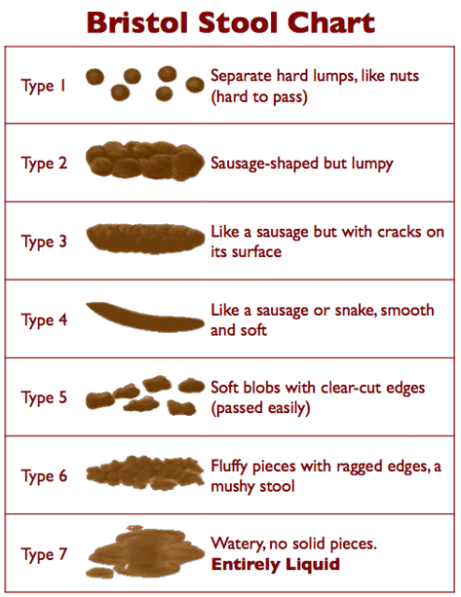Don't Get Scared Into Getting a Flu Shot
February 5, 2013

Every year around this time, health authorities and the media drum up mass hysteria about influenza for the purpose of scaring people into getting flu shots. Without flu shots, we are all repeatedly told, the public has a high risk of serious illness and even death. But as most NaturalNews readers already know, flu shots are ineffective and high-risk themselves. Instead, why not protect your family the natural way with nutrition and lifestyle improvements? Here are six ways to avoid the flu naturally without the need for a flu shot:
- Vitamin D. The health benefits of vitamin D cannot be overstated, as this important prohormone regulates proper development, growth, and maintenance of the human body. High levels of vitamin D are also crucial for preventing viral infections like influenza, as this nutrient helps boost natural immunity and thwart the onset of disease. If natural sunlight exposure is not an option for getting enough vitamin D, tanning beds and supplementation with natural vitamin D3 are two alternatives.
- Colloidal silver. An age-old remedy for treating both bacterial and viral conditions, colloidal silver, or water that has basically been infused with microscopic particles of the element silver, is another powerful remedy and prevention protocol for the flu. Silver is known to effectively disable the ability of bacteria to infect and proliferate, and has also been shown to fight viruses. True colloidal silver will contain at least 50 to 80 percent particles, and will not appear clear in the same way that most ionic silver solutions do.
- Probiotics. A 2009 study published in the journal Postgraduate Medicine back in 2009 found the supplementation with probiotic bacteria, or beneficial bacteria that promote a healthy gut, can help boost naturally immunity and ward off influenza. Researchers uncovered that this "friendly" bacteria naturally increases the body's immune response to influenza, eliminating the need for flu shots or other artificial interventions.
- Garlic. Because of its unique composition of antibacterial, antiviral, and antifungal compounds, garlic is widely recognized as one of the most powerful and widely-available medicinal foods. For protection against the flu, try crushing and eating at least one clove of garlic daily, or take a garlic supplement daily. If flu symptoms are already starting to develop, the Life Extension Foundation (LEF) recommends taking 9,000-18,000 milligrams (mg) of a high-allicin garlic supplement daily, as well as zinc lozenges, vitamin D, and melatonin.
- Clean, fluoride-free water. This step may sound simple and somewhat obvious, but it is vitally important for maintaining a clean, hydrated, and disease-free body. Drinking at least a gallon of clean, fluoride-free water daily, especially during flu season, will help flush out built-up toxins, improve circulation, and nourish your cells, all actions of which help prevent the formation of disease. When your body is properly hydrated, in other words, it helps create an alkaline environment that is unfavorable to disease, including the flu.
- Vitamin C. The late Linus Pauling conducted extensive research into the therapeutic value of vitamin C, and particularly ascorbic acid, and found that this important nutrient is vital for maintaining a healthy and vibrant immune system. Vitamin C helps protect the body against reactive oxygen species (ROS), as well as stimulate the production of disease-fighting white blood cells. Supplemental vitamin C can also help increasethe body's natural production of antibodies responsible for targeting flu viruses.
Labels: colon hydrotherapy philadelphia, colonic philadelphia, flu shot, garlic, natural flu, natural remedy, probiotics, vitamin c, vitamin d. colloidal silver

















![[IMG_0017.JPG]](https://blogger.googleusercontent.com/img/b/R29vZ2xl/AVvXsEguQVRsVFOSPzP4JQ1VwZAxPYs0ENgtulLnXqwSl5rH1q4SpBi0gixVU9yFrlnMDkyATtKmDEWAuA8NgblTPaJrJNe0lEipwrLnkX8LaNI-XyAec8ZgGgq5RGhcWTVTdDYdGxX4Bye8jedx/s400/IMG_0017.JPG)
